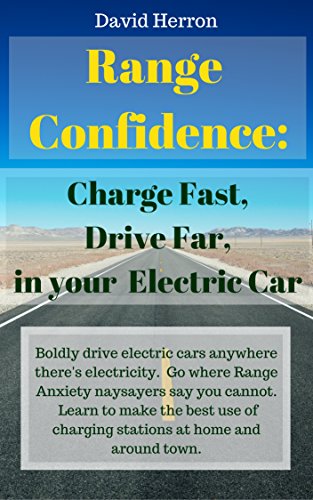How to make mini spot welding using 9V batteries and capacitor
; Date: 2021-10-29T06:08:12.629Z
Tags:

If you were to solder wires to battery cells, you'd introduce a LOT of heat to the cell, which can damage the cell. A spot welder uses a brief burst of electricity to weld a piece of metal, usually nickel strips, to the battery cell with very little heat.
You can spend hundreds of dollars on a commercial spot welder, or a hundred dollars or so for a simple spot welder. But if you only need to build one battery pack, why spend money to buy a spot welder? Maybe you can make your own.
This one is built from three simple 9 volt batteries. I wouldn't do it this way, but the idea is simple enough. What's shown is wiring the 9 volt batteries in series, which would give a 27 volt battery pack. You then connect a large capacitor to the end, along with a switch to control when the capacitor is connected to the batteries.
When the switch is flipped, the capacitor is kept charged from the batteries. Turn the switch off, and it is disconnected.
Next, two leads are connected to the capacitor. These leads look exactly like what you'd use with a multimeter. The leads conveniently fit over the leads on the capacitor.
To spot weld nickel strips together, simply place the strips one on top of the other, then touch the tips of the leads to the strips. This closes a circuit from the capacitor, causing a burst of electricity. That electricity burst causes the nickel strips to be welded together.
It's an extremely simple design - amazingly simple.
How would I do this differently? The 9 volt batteries are not rechargeable, and it's therefore not a practical choice for the long haul. All that's needed is a small power supply of 24 volts or maybe 36 volts. The capacitor needs to be rated for the voltage you're using. The capacitor doesn't care whether the electricity comes from 9 volt batteries or somewhere else.
The key for the circuit is charging a capacitor, then discharging that capacitor through the metal strips to be welded together.
Two other videos are attached below giving different takes on building a simple spot welder.
In the second, it is simply a large capacitor that you charge from a bench power supply. I wouldn't do this exact design either, but it is an interesting design.
Instead.. consider the previous design with the simple leads connected to a capacitor. Simply charge that capacitor from a bench power supply, and there you go.
The last video is a more comprehensive design. It is powered from a 12 volt car battery, and runs at much higher power than the capacitor based designs. The guy says his battery supplies 800 cranking amps, so yes it's much higher power. To handle the power, the design uses a solenoid/relay from a car, and a computerized control board.
One lesson from these videos is that the amps (current) through the welding leads determines the quality of the weld. For the first, with a relatively small capacitor, you see the welds did not hold well. On the second, with a larger capacitor, it was hot enough to cause the metal strips to glow red.
Since it's not a good idea to heat a lithium-ion cell, the glowing red metal in the second video is a warning sign. Do not use that spot welder with batteries? Maybe?
In the third video, 800 cranking amps is probably more power than either capacitor design. But more importantly, the control board ensures a maximum time to hold the welding circuit closed. Both of the simple capacitor designs do not limit the time the welding circuit is closed, but this design does. That will probably limit the amount of heat which is generated.





